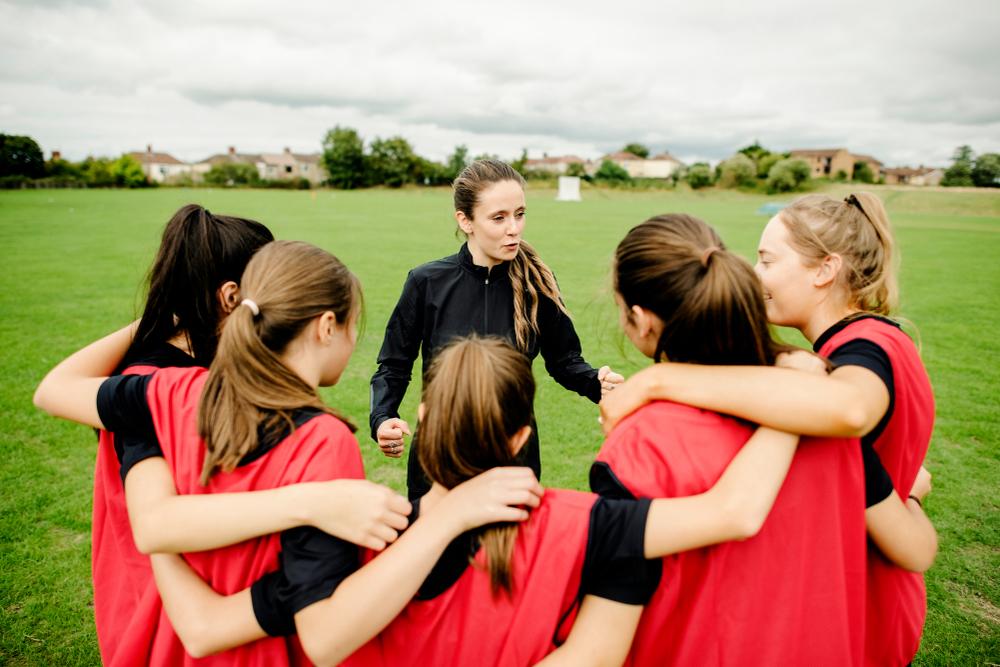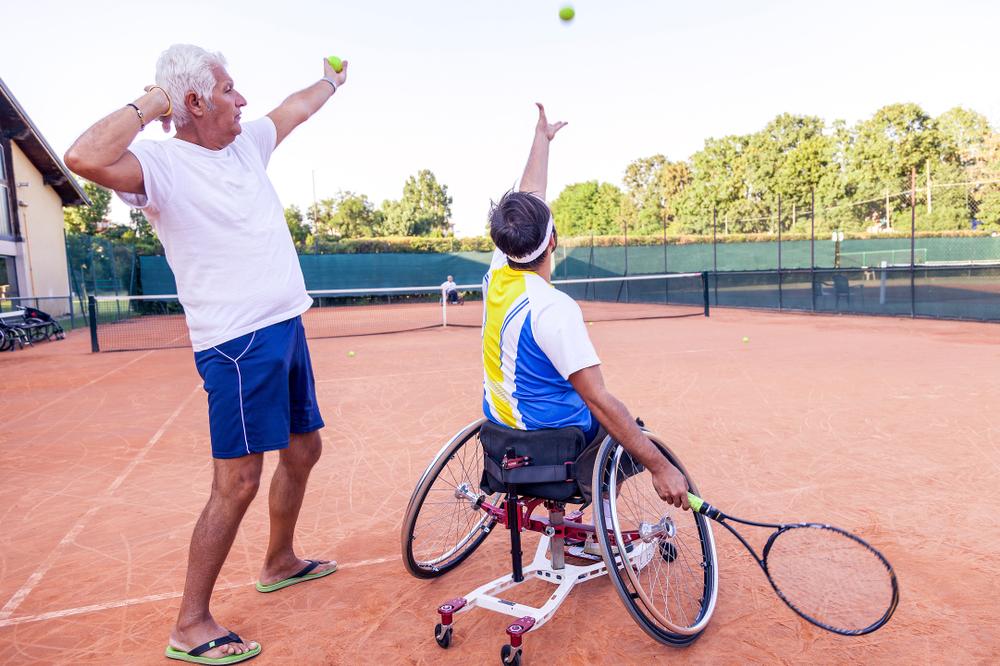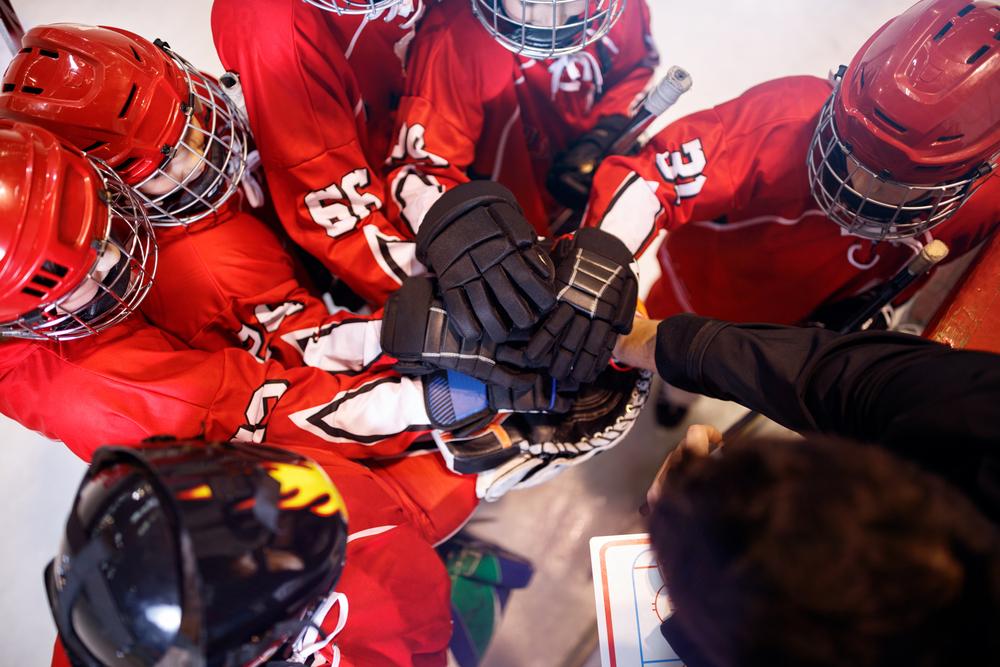 While we praise youth sports as a great way to develop teamwork, figuring out how to actually teach it isn’t always obvious as a coach. Preaching the importance of working together often falls on deaf ears at the youth level, as it’s the kind of advice that has become cliché, like ‘play hard’ or ‘give 110%.’
While we praise youth sports as a great way to develop teamwork, figuring out how to actually teach it isn’t always obvious as a coach. Preaching the importance of working together often falls on deaf ears at the youth level, as it’s the kind of advice that has become cliché, like ‘play hard’ or ‘give 110%.’
But while teamwork might seem like an abstract and over-killed concept, it can be taught in ways that aren’t so overt, such as through games, goal setting, or simply through modelling team-first behavior.
1) Create Drills Athletes Want to Win
While everyone wants to win, even that isn’t enough if youth athletes aren’t having fun playing together. Teamwork can be taught in ways other than in ‘live-action’ games or scrimmages, such as through practice drills that divide athletes into mini-teams and force them to rely on each other in order to win the exercise.
An example of this is the popular end-of-practice soccer drill called ‘World Cup.’ All players are divided into teams of two and the playing field is restricted to half of a soccer field (or less, depending on the age and number of kids). With each team representing a country of their choosing, the players must try and score on a coach playing goalkeeper. When a team scores, they step aside until the next round begins—the last team remaining in a round (having not scored) is eliminated and the process repeats until there is just one team left standing.
2) Set Measurable Goals
Most youth athletes begin having their game statistics and training progress recorded by coaches around the junior high or high school level. While tracking this kind of data works well in creating a thirst for individual improvement, setting team or position-based goals can also be an effective tactic in getting everyone to work better together.
Football position coaches often have specific criteria for success for their respective groups, which get displayed on a big board in the team’s locker room. These per-game goals can be as specific as a target number of quarterback rushes for the defensive line or downfield blocks for the wide receiver corps, but all require the entire unit working together. Striving to meet these benchmarks in turn helps the team reach their overarching goal of winning a game, title, or tournament. After a game or ahead of the next practice, the goals can then be reviewed and tweaked in order to encourage further improvement or consistent peak performance as a team.
3) Dole Out Responsibility and Roles
One of the best ways to get a group to work together is by designating a specific role for each individual. Only once everyone understands how their job fits into the larger puzzle can a team play together optimally.
The power of giving out roles is a way to encourage teamwork, even if just by making it clear who on your basketball team is a point guard, a power forward, and so on. After defining these players’ roles clearly, pairing up players of the same position in practices can help them better learn from one another their duties on offense and defense.
4) Give Ownership
A coach may technically be ‘in charge’ of a team, but the most teamwork-oriented teams go a step further and do things to make it feel like their own. This doesn’t mean overruling the coach’s decisions, but instead taking ownership of anything ‘outside’ the tactics and play of the game, like the team cheers done after aces in volleyball.
Ownership can also be fostered by letting players take part in team decisions, such as deciding which restaurant the team’s end-of-season award ceremony will be held at or choosing the design of a new uniform.
5) Verbal Rewards
Although it might be as a fan watching from the sidelines, what is and isn’t good teamwork isn’t always clear to players in the heat of a game. However, simply calling out a moment of great teamwork between players can be enough to make the rest of the team recognize the importance of working together selflessly (and what it looks like).
While it may seem counterintuitive, individually recognizing players for great acts of teamwork can create a group of strong team players. For many, the mere recognition of a good moment of teamwork is enough to encourage both that athlete, and everyone else on the team, to seek out similar praise by being a stronger team player.
6) Stop and Listen
Of course, true teamwork is impossible if players don’t listen to one another (and their coaches). Even if two players will never be best friends, their odds of developing a strong team connection during games are slim if they won’t even hear each other out in practice. And as a coach, buy-in will always be limited if the players feel like interaction with their coaches is a one-way street.
Instead, communicate just how important communication is by being open to comments, criticism, and feedback about your coaching. Cultivate an environment at practices or games where players feel like they can speak up and be heard without judgement, perhaps taking time at the end of a practice for questions, comments, and concerns. A coach that listens to their team and takes what they have to say to heart shows the power in open communication, one of the bedrock components of strong teamwork.



